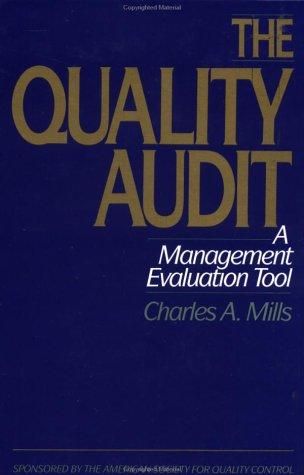Question
A merchandising company has two departments, 101 and 102. A recent monthly income statement for the company follows: Part (a) Department Total 101 102 Sales
A merchandising company has two departments, 101 and 102. A recent monthly income statement for the company follows:
| Part (a) | Department | |||||
| Total | 101 | 102 | ||||
| Sales | $4,000,000 | $3,000,000 | $1,000,000 | |||
| Less variable expenses | 1,300,000 | 900,000 | 400,000 | |||
| Contribution margin | 2,700,000 | 2,100,000 | 600,000 | |||
| Less fixed expenses | 2,200,000 | 1,400,000 | 800,000 | |||
| Net operating income (loss) | $500,000 | $700,000 | ($200,000) |
| A study indicates that $340,000 of the fixed expenses being charged to Department 102 are sunk costs or allocated costs that will continue even if department 102 is dropped. In addition, the elimination of Department 102 will result in a 10% increase in the sales of Department 101. If Department 102 is dropped, what will be the effect on the net operating income of the company as a whole? Would you recommend Department 102 be dropped? Briefly explain why. (7 marks) Crain Company produces several products from the processing of Vulumus, a rare mineral. Material and processing costs total $50,000 per ton, one third of which is allocable to product A. The amount of product A received from a ton of Vulumus can either be sold at the split-off point or processed further at a cost of $13,000 and then sold for $31 per kilogram. The sales value of product A at the split-off point is $18 per kilogram. The volume of A that can be sold at the split-off point is 1,000 kg. If A is processed further, the volume is 900 kg. Should product A be processed further or sold at the split-off point? At what selling price after processing further would Crain be indifferent between selling at the split-off point or processing further? (7 marks)
Cardall Company produces three products, A, B, and C. Data concerning the three products follows (per unit):
| ||||||||||||||||||||||||||||||||||||||||||||||||||||||
| The same material is used in each product. The material costs $3 per kilogram with a maximum of 5,000 kilograms available each month. The monthly demand for each product is as follows: | ||||||||||||||||||||||||||||||||||||||||||||||||||||||
| ||||||||||||||||||||||||||||||||||||||||||||||||||||||
| Calculate how many units of A, B and/or C should be manufactured next month if Cardalls policy is to maximize profits. (5 marks) |
Step by Step Solution
There are 3 Steps involved in it
Step: 1

Get Instant Access to Expert-Tailored Solutions
See step-by-step solutions with expert insights and AI powered tools for academic success
Step: 2

Step: 3

Ace Your Homework with AI
Get the answers you need in no time with our AI-driven, step-by-step assistance
Get Started


